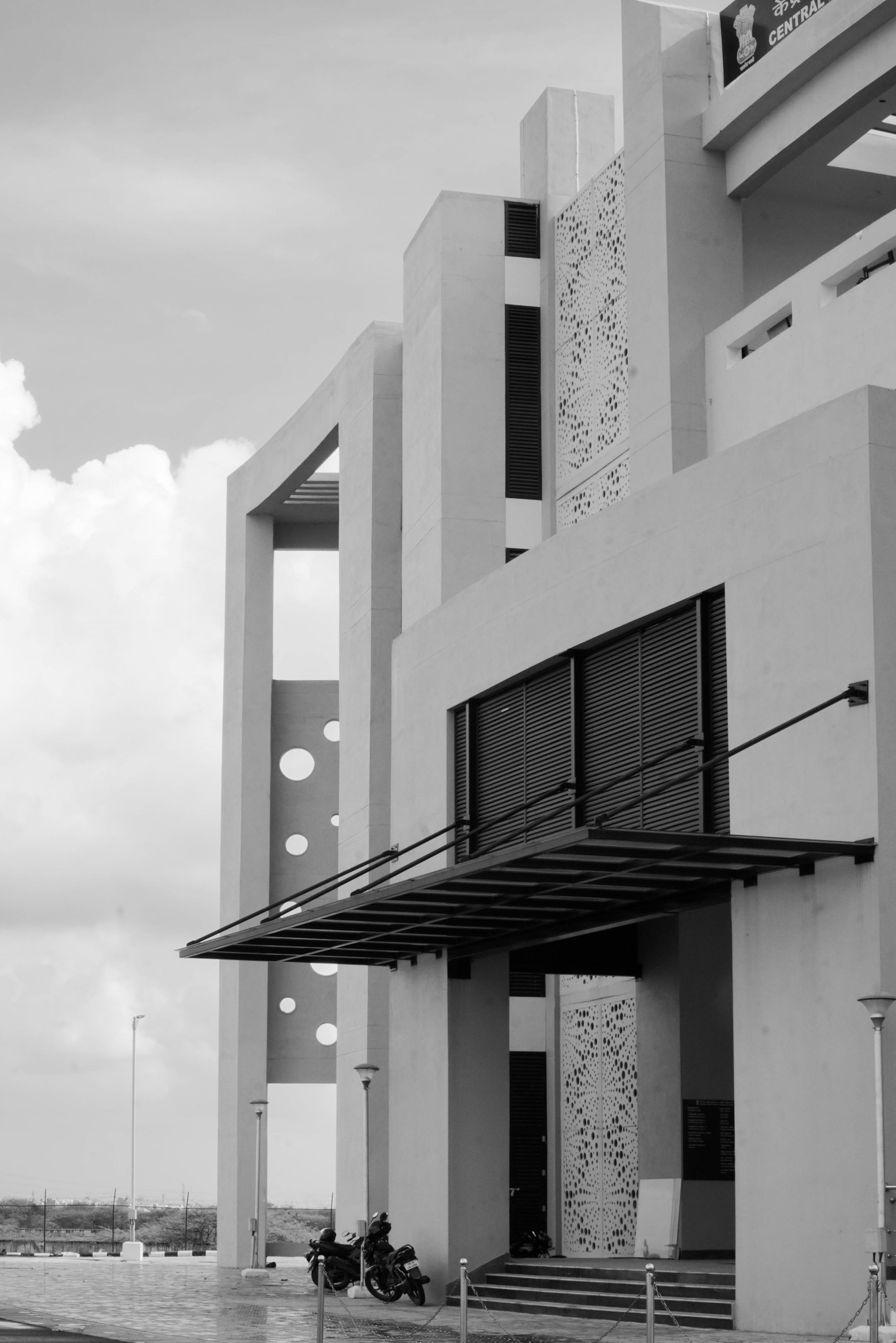Art and architecture are regarded as a material record of the evolution of humankind through the ages. Over the past three decades, emphasis on the importance of the cultural aspects of Indian architecture has been reinterpreted by multiple innovative approaches. Newer ways of thinking about the design of religious or cultural centers have risen through exchanges of spatial experiences and architectural theorization of built forms.
A contextual approach towards designing spaces plays a vital role in harboring a sense of community while retaining the core values and beliefs. The impression of a structure that is able to attract multiple demographics, leads to various ways of using a cultural center to its fullest. A keen insight into the current trends is important in defining spaces and influencing people to use these spaces in the right manner. The cultural context of the present times infused with the essence of the past is a more direct parameter needed to design such projects.


A few such architectural examples are the Central institute of classical Tamil (CICT) at Chennai – an institute that celebrates the language and its evolution, Guru Ganesh memorial and Dialysis centre (GGMDC) at Rajasthan, which is of a mixed-use typology, and Dharamshala butati at Rajasthan. CICT was planned by the inspiration of the traditional Kolam Art depicts the cultural ideologies of the Ancient Tamil. GGMDC was inspired by the Swastika, the hearty symbol of the Jainism which depicts their cultural philosophy. Dharamshala Butati was designed with the notion of Classical Rajasthani culture in its design evolution. Designed by ‘Creative Architects and Interiors (CAI)’ and located in various parts of India – these architectural spaces evoke the culture and a sense of spirituality through efficient site planning, by using sculptural elements, local materials or vernacular architecture through a built form.

The surrounding context and parameters have always played an important role in Indian architectural designs evolving through the centuries while carrying along the religious, cultural, and traditional transfigurations. Amidst the changing trends and ideology, some masses are moving away from the novel culture of our heritage. These cultural centers symbolize the heritage and make the descendants aware of their Ancestor’s cultural legacy and their way of life. Thus, these centers will make sure that the future generation will also find their way back to their long lineage of heritage by experiencing these built forms. A fundamental feeling of oneness and emotive design is established by integrating architectural features, forms, materials, and artwork that helps imbibe the past as an active part of the future. Hence, it is essential to acknowledge and appreciate the creation of every society that leaves its own mode of expression and cultural impact through art and architecture.
Related Categories:
Built Environment




